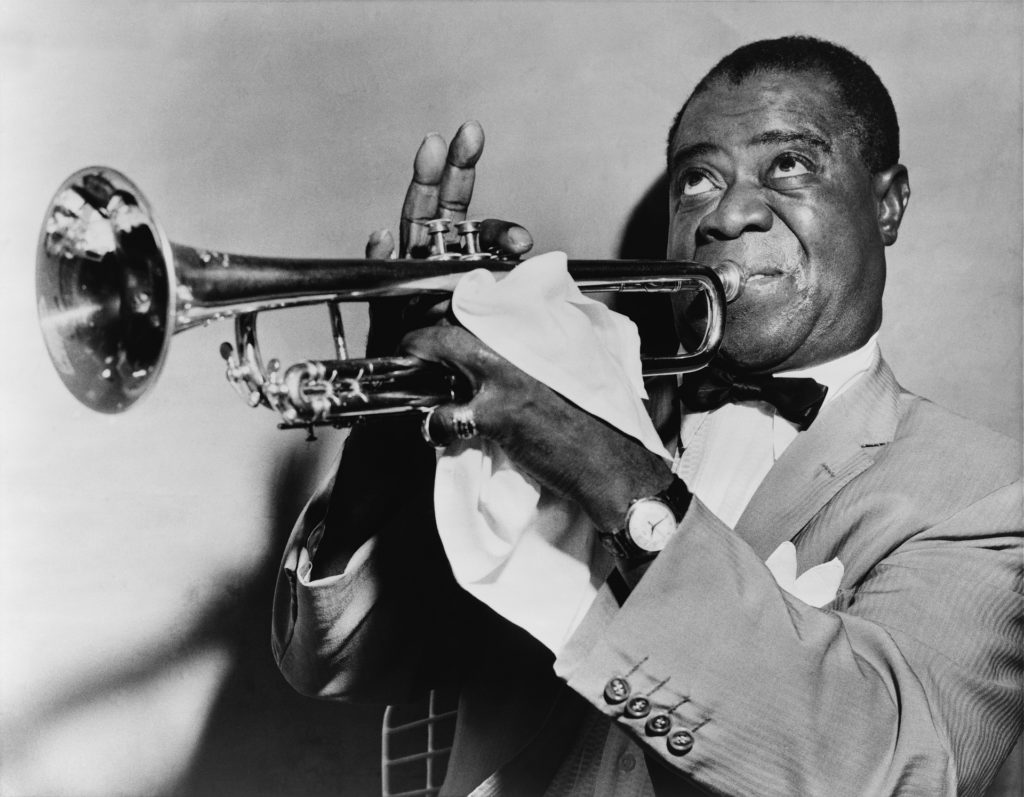Trumpet – Not Hunkering Down (Musicians)(Psychology)(Pain)(Strain)(Injuries)(Posture)(Alexander Technique)(Albuquerque)
This ebook, An Alexander Technique Approach to Trumpet Technique, is published on this website in a PDF format. It is very detailed and practical, and it will give you the physical tools you need to take the limits off of your ability to create the accurate trumpet technique you want without sacrificing your body.
This ebook is also for sale on all AMAZON websites in a KINDLE format.
Located in Albuquerque, New Mexico, U.S.A. (MOVEMENT THERAPY)
IT IS AMAZING HOW EASY IT IS TO JUST HUNKER DOWN AS YOU PLAY THE TRUMPET WITH PASSION, AND DRIVE YOURSELF WITH GREAT LOVE AND CRUELTY TO THE GOAL OF PLAYING A BEAUTIFUL PIECE BEAUTIFULLY, NO MATTER THE PHYSICAL AND PSYCHOLOGICAL COST.
I really love to write about trumpet players who demonstrate their love for the instrument by practicing consistently many hours a day, playing beautiful trumpet literature incredibly difficult to perform, because of this love for the trumpet.
From my perspective as an Alexander Technique teacher, is it truly loving to play the trumpet hours a day, if you’re learning music that opens your heart, if you’re HARMING your body? Let me state it a different way: Do you have to pay a physical price to play the most amazing trumpet music well?
I believe many, if not most trumpet players believe so. As far as I can see, highly motivated trumpet players are the same in approach and expectations as highly competitive athletes. They both drive themselves to excel, no matter the physical price. They both figure they’ll get injured at some point, go through rehab, and eventually get back to their sport or the trumpet.
Let me give an Alexander Technique definition of playing the trumpet lovingly.
YOU CAN PLAY THE TRUMPET WITH GREAT PASSION, AND MOTIVATE YOURSELF WITH GREAT LOVE IN YOUR GOAL OF PLAYING A BEAUTIFUL PIECE BEAUTIFULLY, WITHOUT PAYING A PHYSICAL AND PSYCHOLOGICAL COST, IF YOU STEP BACK AND ACQUIRE AND OBSERVE A TRUMPET TECHNIQUE THAT WORKS.
What is a trumpet technique that works? IT IS A TRUMPET TECHNIQUE THAT BRINGS GREAT EASE AND FACILITY TO PLAYING THE GREATEST TRUMPET LITERATURE WITHOUT CAUSING WEAR AND TEAR TO THE BODY, NO MATTER HOW EXPRESSIVELY YOU PLAY.
Here is where I wanted to get to in this article. A trumpet player is more likely to hunker down and get into physical trouble, the greater his or her love is for the instrument and its finest compositions.
Why? Because it is at this point of wanting to play the extraordinarily beautiful literature of the trumpet at the concert trumpet level, that the trumpet player hunkers down to the trumpet, to MAKE the trumpet do what he or she wants.
So, can you play amazingly expressively with great facility, and not get injured on the trumpet eventually? YES!
How? You realize you can be 100% present on the trumpet, fully in the moment as you play. What does being “fully in the moment” on the trumpet mean? THIS MEANS AS YOU PRACTICE, YOU ARE FOCUSING ON CREATING/USING A TRUMPET TECHNIQUE THAT ALLOWS YOU TO BE FULLY AND EFFORTLESSLY SITTING OR STANDING BALANCED WITH THE TRUMPET, AND YOU ARE NOT MAKING A HEROIC EFFORT TO PLAY WELL. YOU TRUST YOUR HAND AND LUNGS TO PLAY WELL AND TO EXPRESS WHAT IS IN YOUR BRAIN WITHOUT STRAINING FOR THE GOAL OF MUSICAL PERFECTION.
In other words, you are simultaneously in the present, consciously doing the least amount of physical work as you learn the piece, as you listen to what is coming out of the trumpet. This means you don’t listen to the inner critic, who wants to FORCE you to just go for the notes at the expense of your mind, heart, and body.
Here’s why going for the performance at any cost is not loving. IF YOU DRIVE YOURSELF MERCILESSLY TO PERFORM A PIECE BEAUTIFULLY, THEN YOU ARE NOT GOING TO BE IN A LOVING PLACE MOST OF THE TIME. Why?
Because, if you are always striving nonstop for the perfect performance, you definitely will NOT create the best possible trumpet technique, you will NOT reach this goal most of the time, and you will attack yourself when you fail to play the way you want.
So, I’m asking as you learn to play the most beautiful difficult trumpet literature at the highest level, you use the most user-friendly trumpet technique. Sit or stand expansively balanced with the trumpet, using the least amount of physical work, with great self-awareness throughout this whole learning/mastering the piece process.
